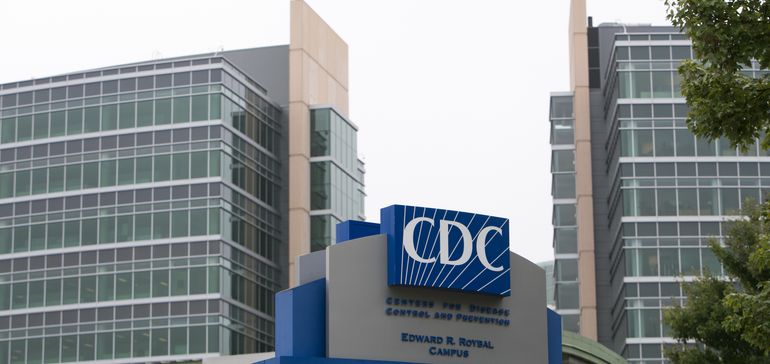
Antibiotic-resistant infections rose in hospitals during pandemic, CDC data shows
Dive Brief:
- Hospital-acquired, antibiotic-resistant infections grew 15% from 2019 to 2020, according to data out Tuesday from the Centers for Disease Control and Prevention.
- Nearly 30,000 people died from those infections in the first year of the pandemic and about 40% were infected during a hospital stay, according to the CDC.
- Personal protective equipment and staffing shortages; longer patient stays and use of devices like catheters and ventilators; and significant surges in antibiotic use contributed to the rise in infections, the CDC said.
Dive Insight:
The new data erases years of progress — from 2012 to 2017, hospital-acquired, antimicrobial-resistant infections fell 27%, according to data from the CDC.
Hospitals struggled to follow infection prevention and control guidance during the first year of the pandemic as they faced resource strains and treated sicker patients who needed longer stays. At the same time, hospitals boosted their use of antibiotics, reducing their effectiveness.
In many cases, patients who exhibited pneumonia-like symptoms at hospitals were given antibiotics as a first option even though they were infected with COVID-19. Antibiotics are not effective in treating COVID-19.
Nearly 80% of patients hospitalized with COVID-19 from March to October of 2020 received an antibiotic, according to the CDC.
Antimicrobrial resistance testing was also down in 2020. The CDC’s AR lab network reported receiving 23% fewer testing specimens during 2020 compared to 2019. Due to the pandemic, some CDC progams that focused on antimicrobrial resistance were also repurposed to offer surge capacity COVID-19 testing, the report said.
Without infrastructure and preparedness, it warned, critical data could be “delayed again when the next threat emerges.”
“This setback can and must be temporary,” Michael Craig, director of the CDC’s antibiotic resistance coordination and strategy unit, said in a report analyzing the data.
“The best way to avert a pandemic caused by an antimicrobial-resistant pathogen is to identify gaps and invest in prevention to keep our nation safe,” he said.